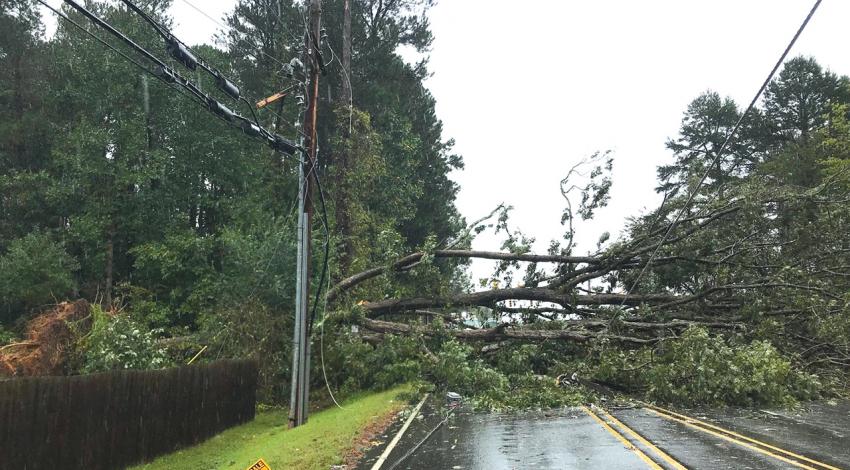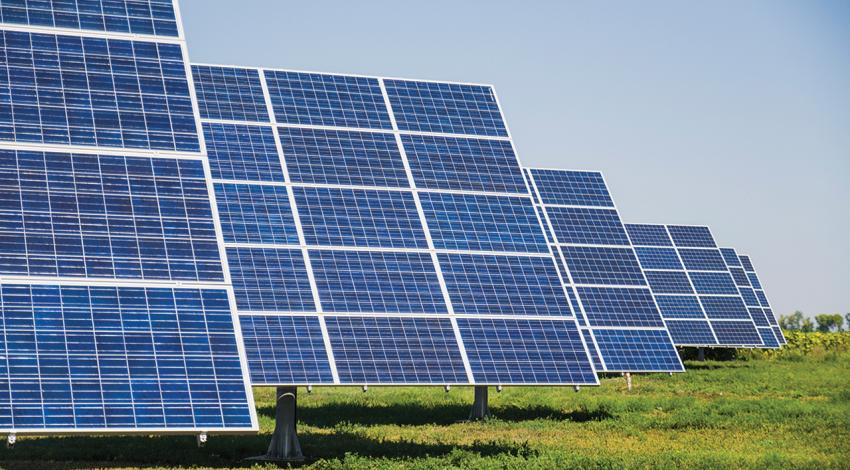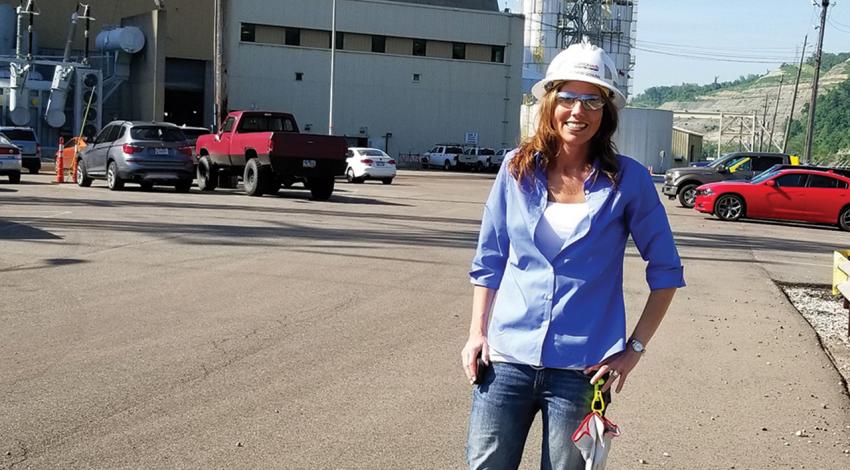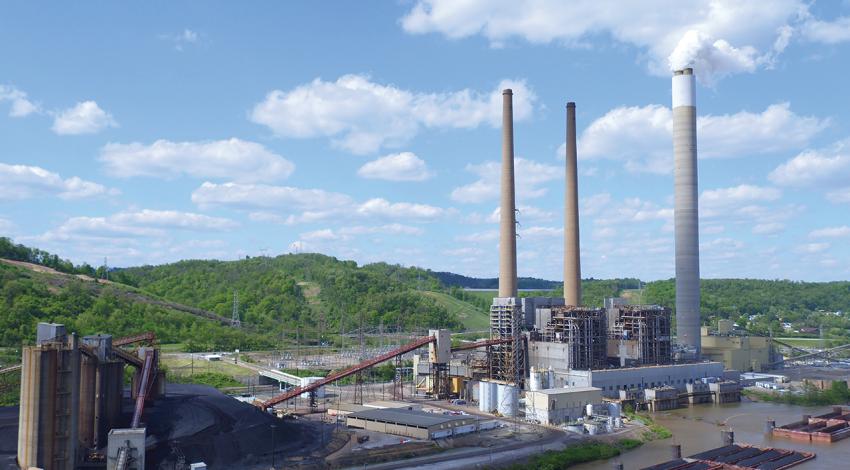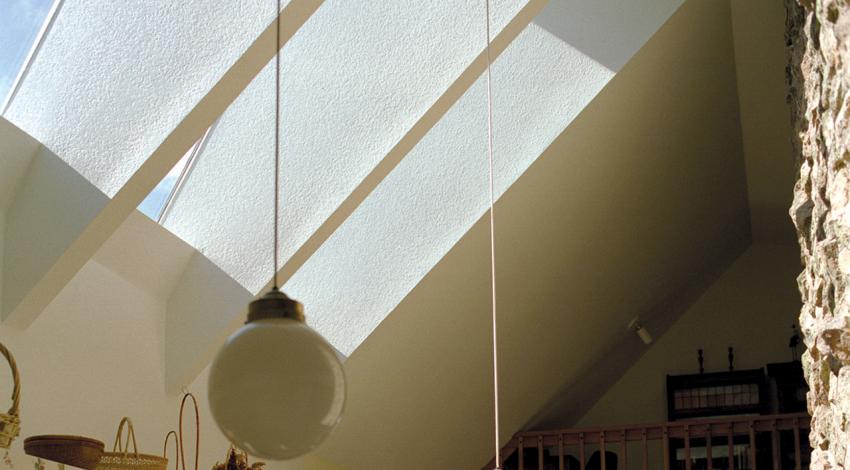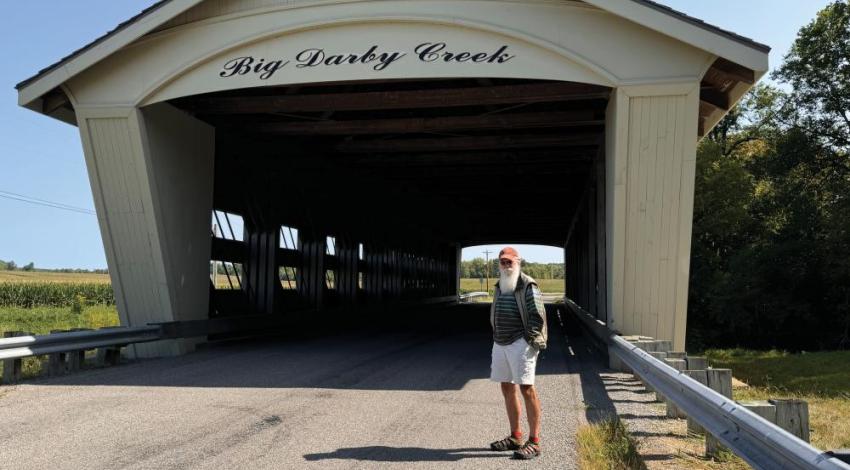Power Lines
The 2018 hurricane season was a busy one in the southern part of the United States and, as always, Ohio electric cooperatives were decisive and quick to respond with aid to their fellow co-ops in need.
Hurricane Michael was particularly destructive as it came to shore in Florida’s western panhandle in mid-October and tore eastward through Georgia and the Carolinas before heading back out to sea.
It’s a shame that holiday lighting can lead to higher energy bills, but the good news is that there are strategies to let you save money without dampening your holiday spirit.
One of the best ways to save energy is by using LED lights, which consume about 80 percent less energy than incandescent bulbs. An individual’s potential savings depends on several factors, including your electric rate and how many hours your holiday lights are turned on.
Story (exerpted) and photo used by permission from the (Steubenville) Herald-Star
Bethany Schunn is a chemist by trade. In fact, she began working in the power industry in 2005 at the American Electric Power Conesville Plant chemistry lab, and eventually climbed the ranks to become maintenance superintendent there.
Fifty years ago, when two generating units at Cardinal Power Plant were first placed into operation, Buckeye Power was a newly minted generation cooperative, formed and owned by all of the electric distribution cooperatives in Ohio. American Electric Power (AEP), which built the Cardinal plant, offered a unique partnership agreement to Buckeye Power and its member cooperatives: AEP and Buckeye Power would each own one of the two units, and AEP would operate the plant — at cost — for its partner.
Kitchens and dining rooms cry out for natural light, and lots of folks consider installing skylights to bring that outside world indoors and make their living space a bit more livable.
Consumers should know, however, that skylights, even when installed properly, can impact energy bills and comfort level, so some advance research can pay real dividends.
Somewhere among the archives belonging to Pioneer Electric Cooperative in Piqua is buried a postcard from a member notifying the cooperative that the power was out at his home.
“…So, the next time that you are out here, please check it out,” says Nanci McMaken, paraphrasing the document. McMaken, vice president and chief communications officer at Pioneer Electric, has seen lots of changes during her 36 years at the co-op, which serves 16,700 members in Champaign, Shelby, and Miami counties — but methods of communication has been a big one.

